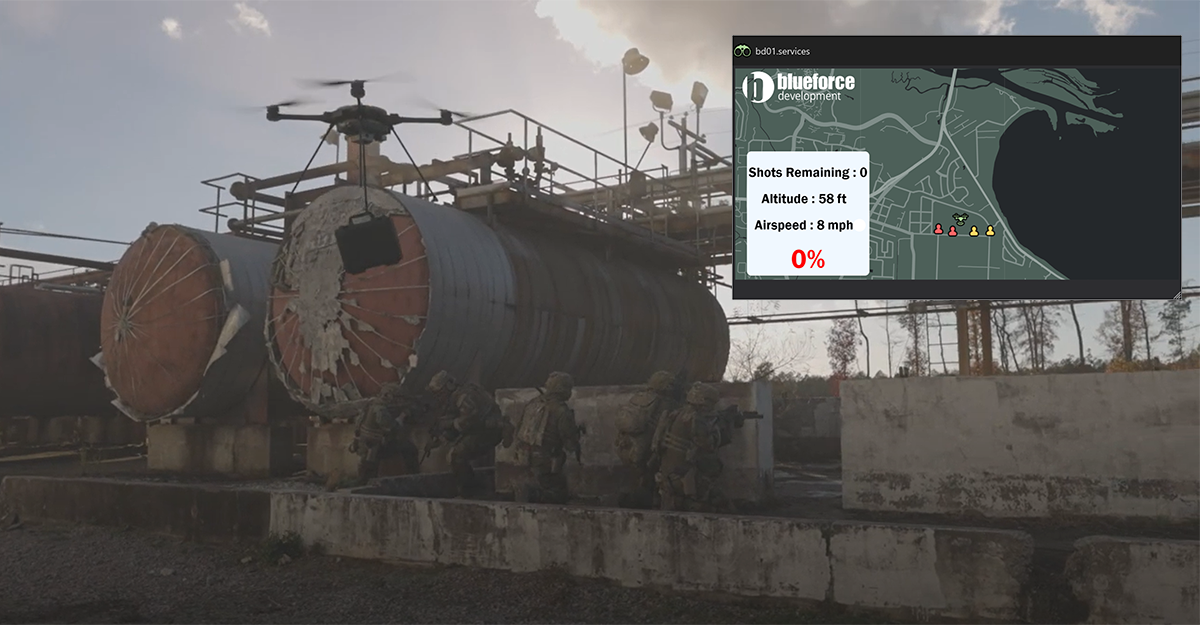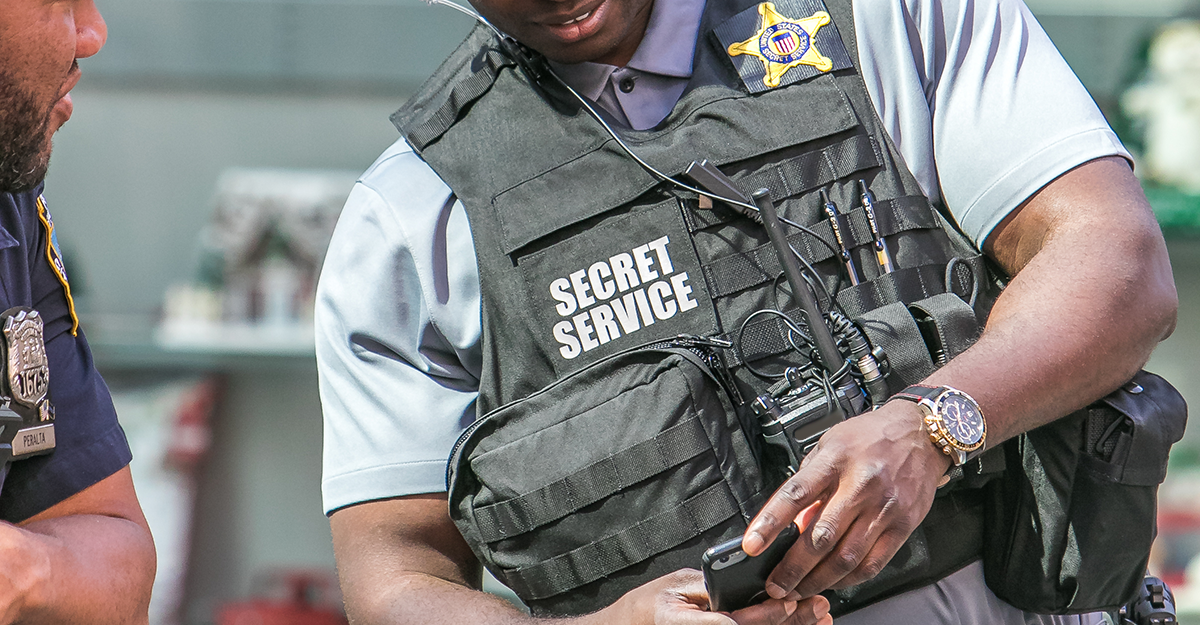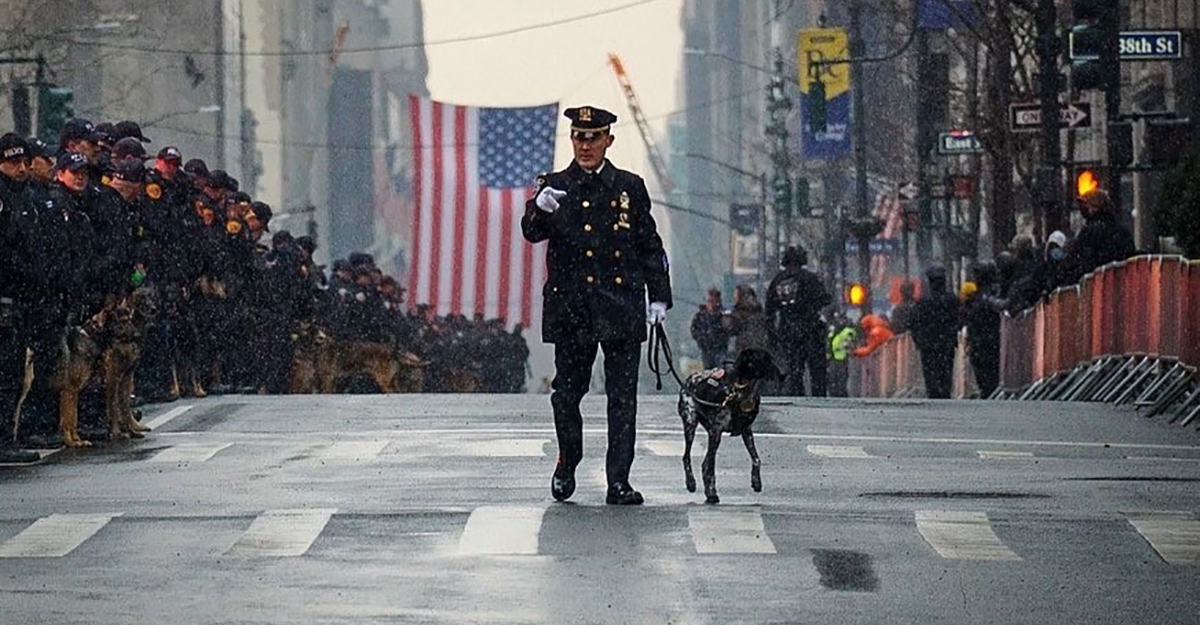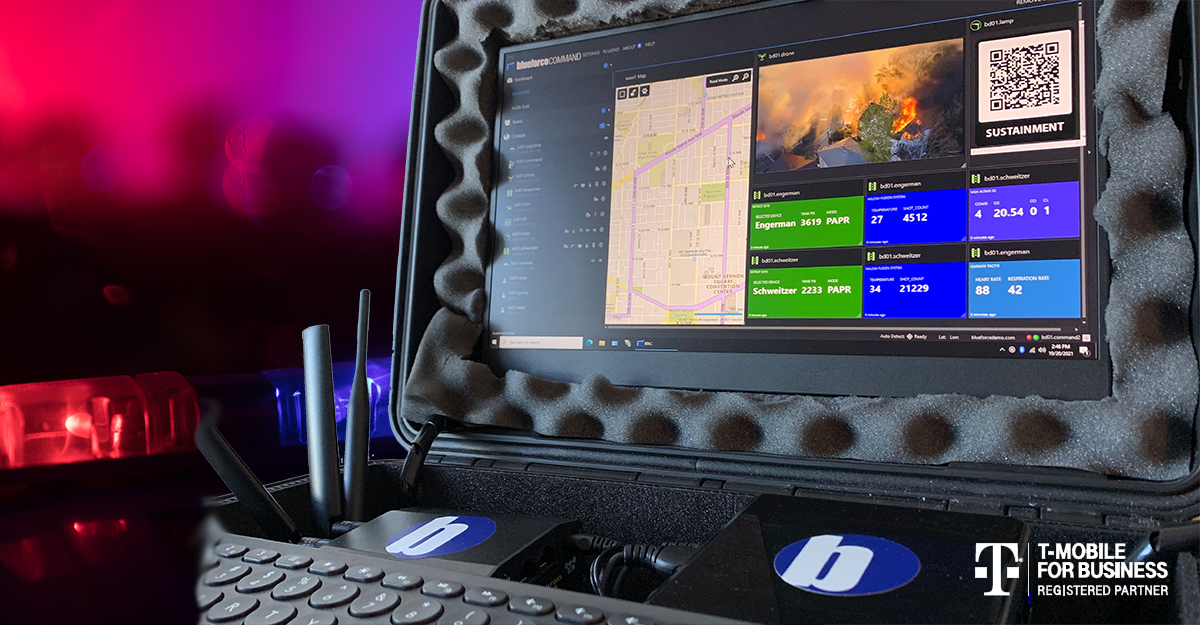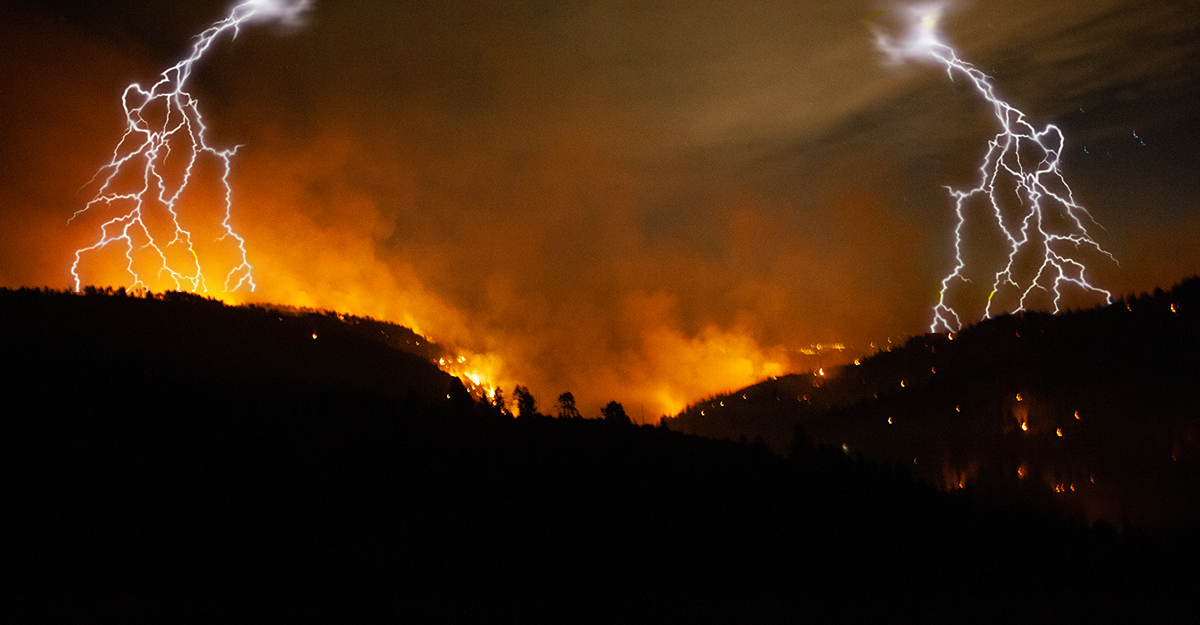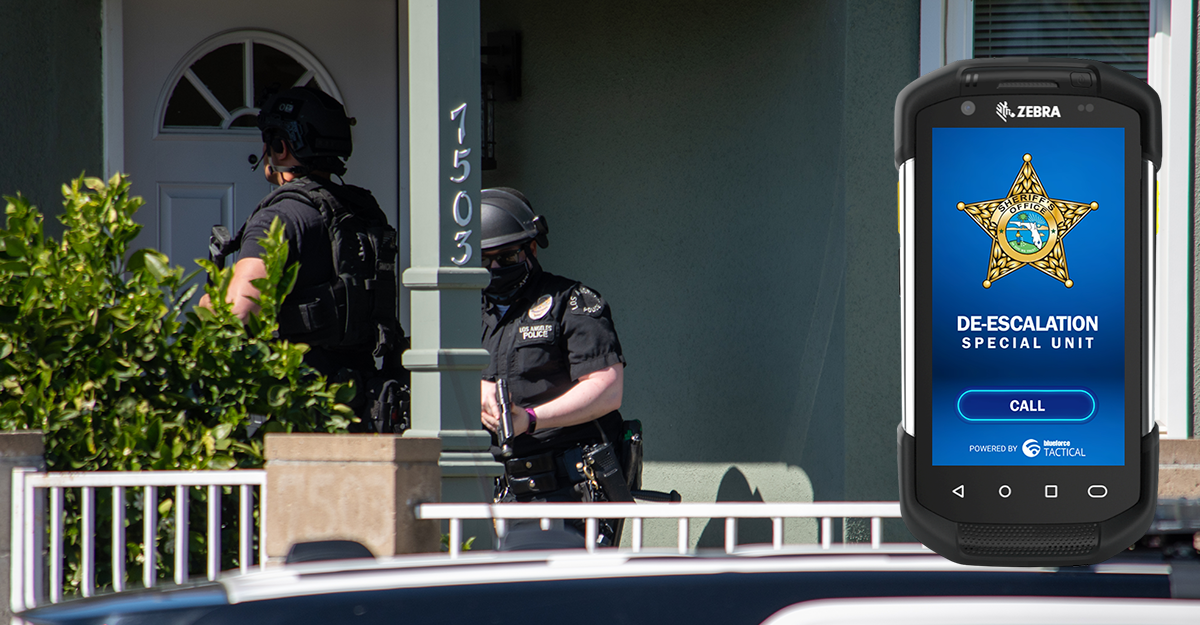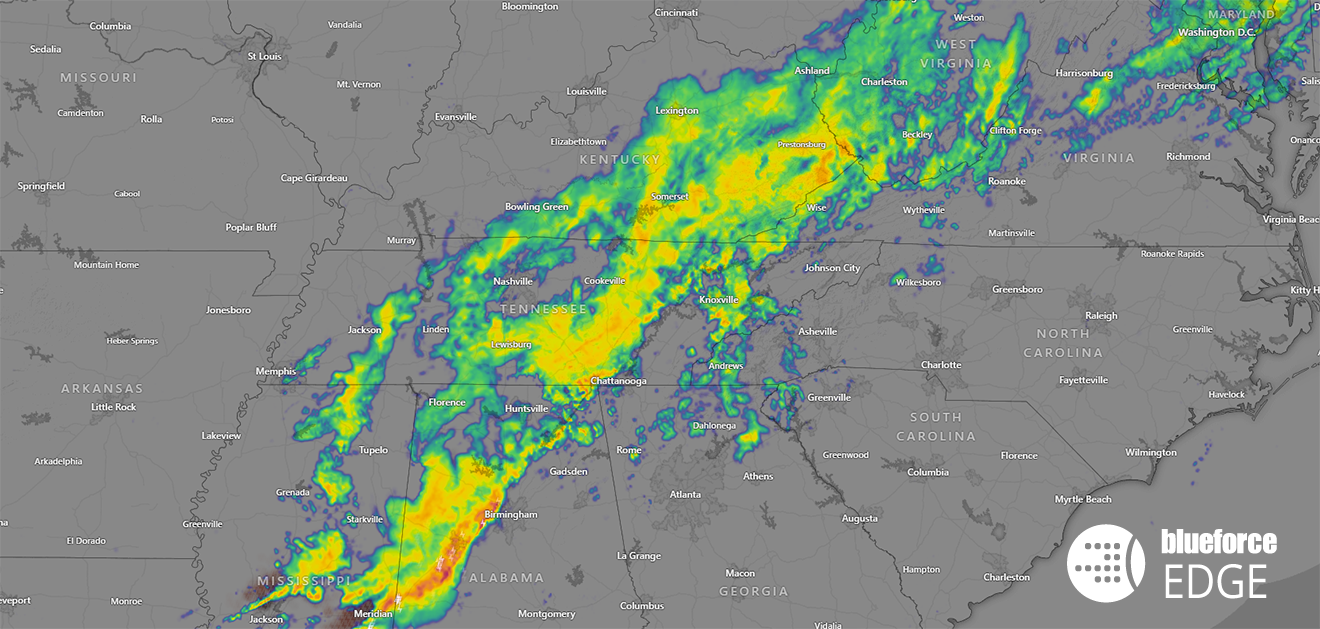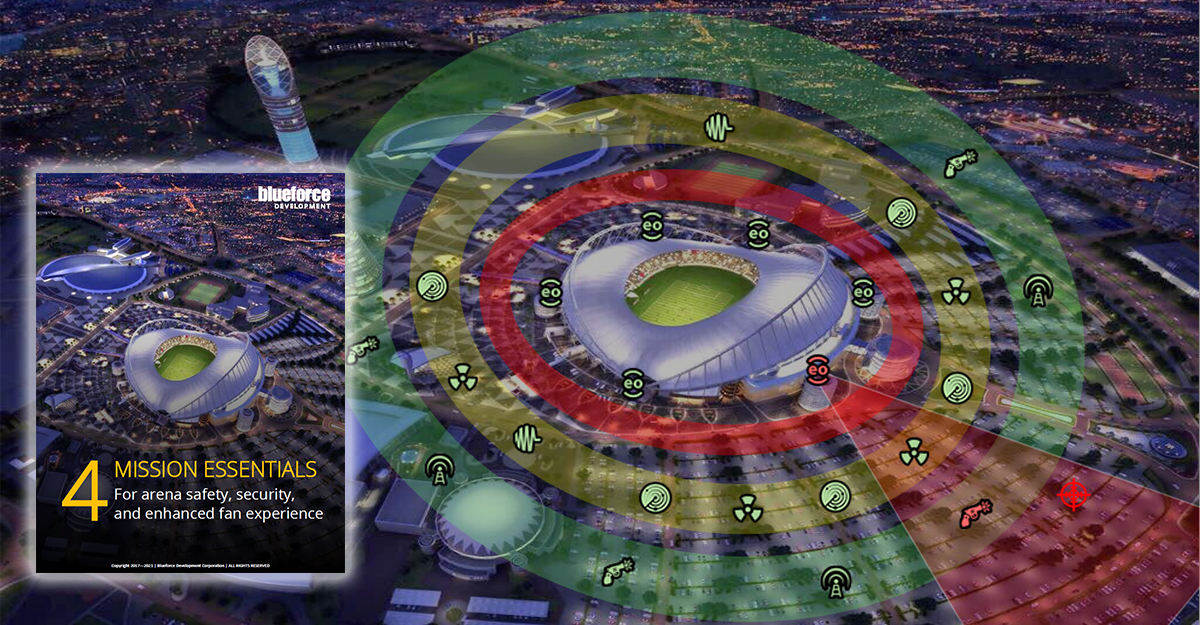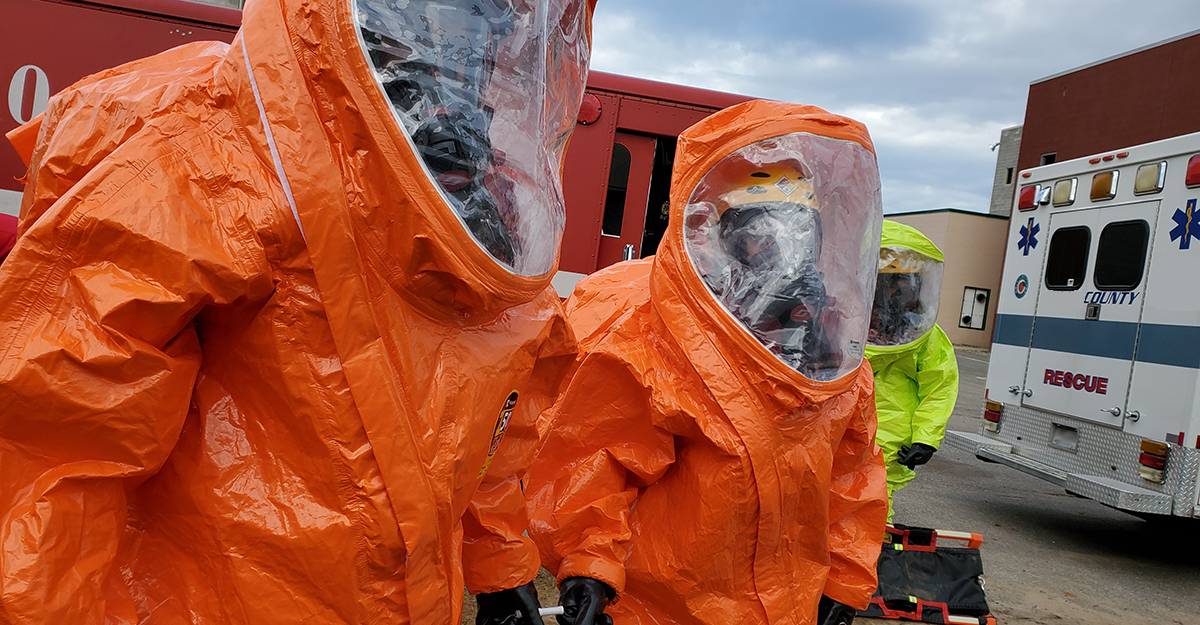Battlefield, disaster response, and public safety sustainment is both an art and science; it’s about synchronizing, integrating, and transporting commodities in a highly “just-in-time†manner to provide maneuver and incident commanders with freedom of action, extended operational reach, and prolonged endurance. As it turns out, the “science†of sustainment is not terribly difficult as it is grounded in basic math and computation, based on real-time...
Read MoreThe 2022 Blueforce Texas Road Show
The 2022 Blueforce Texas Road Show gives you hands-on access to the latest in Public Safety, Safe Campus, and Autonomous Platform technologies. The Road Show kicks off Tuesday October 11, 2022 in Houston. For more information, click here…


